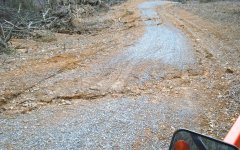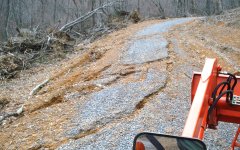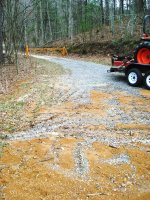grsthegreat
Super Star Member
I'm not sure how it runs in your state, but here in Idaho and also in Calif, all contractors have to have a bond in order to work. If the work is sub-standard and hes not returning your phone calls, contact the contractors bonding agents (on record with state contractors bureau) and place a lien against his bond. this effectively places him OUT OF BUSINESS.
i have had to resort to this a few times, and its free, its immediate, and it produces results. its amazing how fast they call me back after i shut them down.
mind you, its a last ditch effort. i CANT STAND fraudulent contractors. I pride myself with completing a job and following up if theres an issue. Small claims works also, but takes longer, and its anyones guess if youll ever see your money. Ive won 2 cases, and still havnt seen the money.
http://www.dpor.virginia.gov/dporweb/con_main.cfm
i have had to resort to this a few times, and its free, its immediate, and it produces results. its amazing how fast they call me back after i shut them down.
mind you, its a last ditch effort. i CANT STAND fraudulent contractors. I pride myself with completing a job and following up if theres an issue. Small claims works also, but takes longer, and its anyones guess if youll ever see your money. Ive won 2 cases, and still havnt seen the money.
http://www.dpor.virginia.gov/dporweb/con_main.cfm




